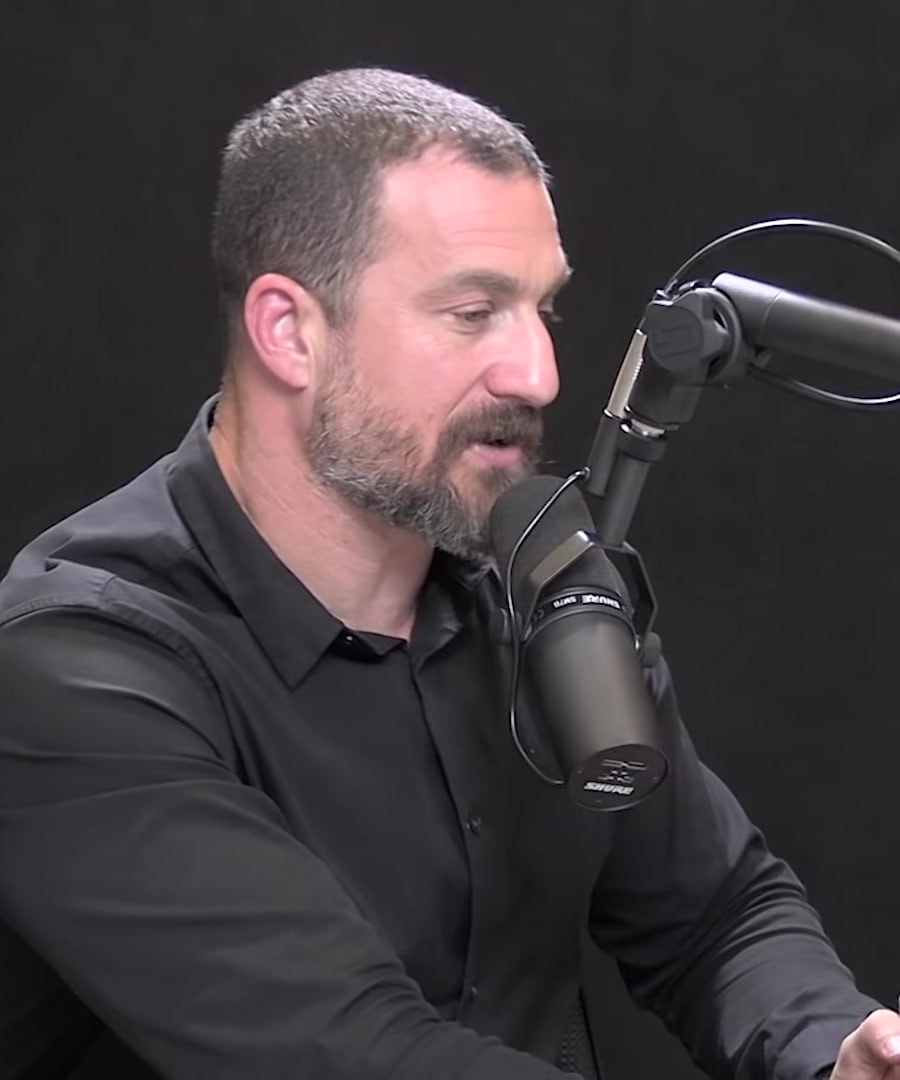Breathing, immune system
Sources:
Breathing techniques can significantly impact the immune system, notably through practices like cyclic hyperventilation. explains that this style of breathing, similar to Wim Hof or Tummo methods, influences the release of epinephrine and norepinephrine (adrenaline and noradrenaline), which can enhance immune functions by mobilizing immune cells, particularly through interactions with the lymphatic system and organs like the spleen1.
In a study discussed on the , subjects practicing cyclic hyperventilation had increased levels of the anti-inflammatory cytokine IL-10, while pro-inflammatory markers were reduced after being exposed to endotoxins, compared to those who did not use the breathing protocol. This suggests a capacity to moderate inflammation and enhance immune response: cite[chunk_50343] 2.
These techniques work by deliberately activating the sympathetic nervous system, which heightens stress response elements and releases adrenaline, potentially fortifying the body's defenses against infections. However, excessive adrenaline can also suppress some aspects of the immune system, so balance is crucial2 3.
personally employs these breathing practices to ward off early symptoms of illness, though he advises caution and medical approval before practicing4 5.
RELATED QUESTIONS
Breathing, immune system
- RELATED QUESTIONS




